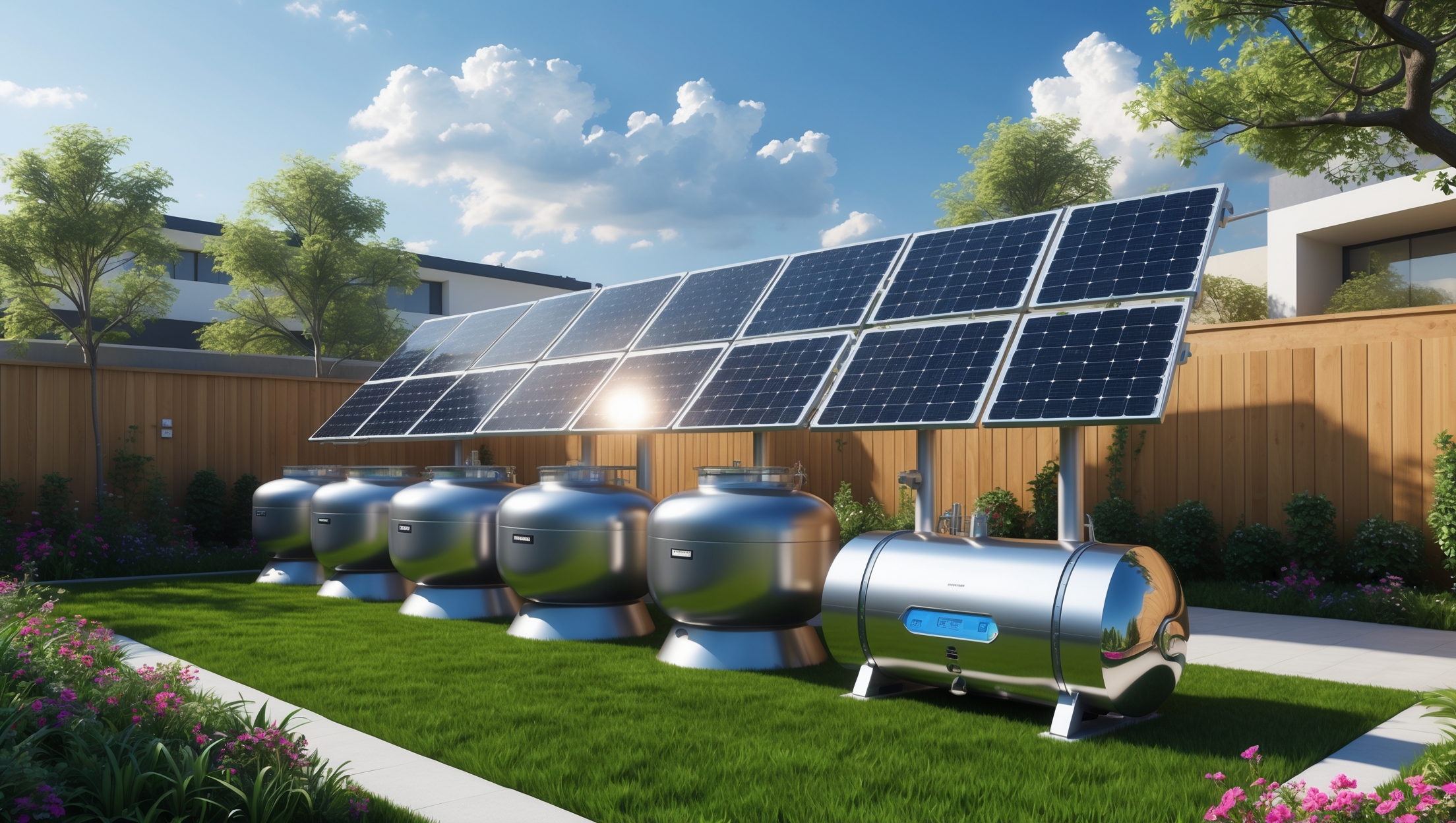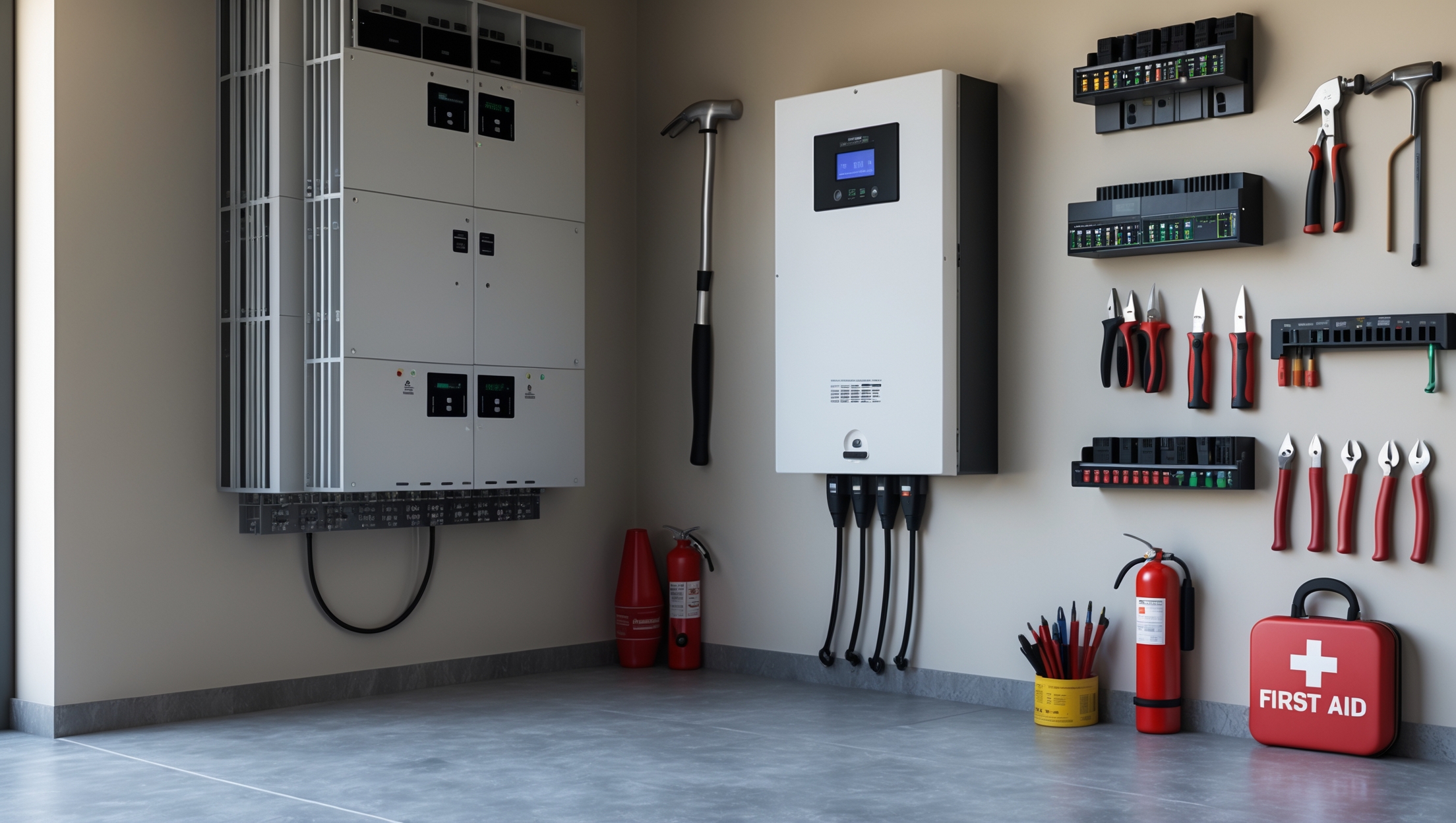Introduction: Why Solar-Powered Desalination at Home?
As access to fresh water becomes an increasing challenge in many regions, homeowners are seeking sustainable solutions that do not rely solely on municipal supplies or groundwater. Solar-powered desalination systems, once reserved for large-scale or coastal applications, are now within reach for off-grid homes, remote cabins, and eco-conscious families. These systems use renewable solar energy to convert brackish or seawater into potable water, dramatically reducing reliance on fossil fuels and traditional water infrastructure.
Understanding the true costs and budgeting for a home solar-powered desalination installation is crucial. While the concept is promising, the investment can be significant, and hidden expenses often catch novices off guard. This detailed guide breaks down every cost component, from core equipment to long-term maintenance, and offers actionable budgeting strategies. Whether you’re collecting seawater for a coastal homestead or purifying brackish groundwater on an inland property, this resource aims to empower you with the knowledge to plan, save, and sustainably manage your own water supply.
Understanding Solar-Powered Desalination: System Basics
Key Components of a Home System
- Solar Array: Photovoltaic (PV) panels that capture sunlight and convert it to electricity.
- Desalination Unit: Most commonly a reverse osmosis (RO) system or, less frequently, a solar still or multi-stage flash distillation unit.
- Pumping and Pre-Filtration: Pumps to move water through the system and filters to remove sediments and biological contaminants.
- Storage Tanks: For raw (input) water and purified (output) water.
- Energy Storage (Optional): Battery banks for off-grid or nighttime operation.
Common System Sizes and Output
Home systems are typically designed to produce between 20 and 300 liters of potable water per day. Output depends on solar availability, water salinity, and system efficiency.
Full Cost Breakdown: What to Expect
1. Solar Array and Mounting
- PV Panels: $1,200–$2,500 for a 1.5–3 kW array (sized for desalination needs).
- Mounting Hardware: $250–$600, including racks and roof or ground mounts.
- Inverter: $400–$850, to convert DC to AC power if needed.
2. Desalination Unit
- Reverse Osmosis System: $1,000–$3,000, depending on capacity, pressure rating, and membrane quality.
- Solar Still or Distillation Unit: $500–$2,000 (lower output, less common for home use).
- Pre-filtration: $200–$400, includes sediment and carbon filters.
3. Water Pumps and Plumbing
- Pumps: $350–$900, sized for both intake and pressurizing the desalination unit. Solar DC pumps are more efficient but may cost more up front.
- Plumbing and Fittings: $150–$400, includes piping, valves, and connectors (PVC or stainless steel for corrosion resistance).
4. Storage Solutions
- Raw Water Tank: $200–$700, UV-resistant plastic or fiberglass, usually 200–1000 liters.
- Potable Water Tank: $300–$900, food-grade plastic or stainless steel.
5. Energy Storage (Optional)
- Battery Bank: $1,000–$3,500, lithium or deep-cycle AGM, for cloudy days or nighttime use.
- Charge Controller: $250–$500, to protect batteries and regulate input.
6. Installation and Permits
- Labor (Professional Installation): $1,000–$3,000 (varies by region and complexity; DIY can reduce this).
- Permits: $100–$600, depending on local regulations for water systems and solar installations.
7. Ongoing Maintenance and Consumables
- Filter Replacements: $120–$400/year.
- RO Membrane Replacement: $250–$600 every 2–5 years.
- General Repairs: $100–$300/year (estimate for pumps, sensors, wiring).
8. Miscellaneous Costs
- Monitoring/Control Systems: $200–$800, for water quality sensors, flow meters, or remote monitoring.
- Shipping and Delivery: $100–$500, for large components or tanks.
Total Estimated Cost Range
- DIY Installation: $3,500–$8,000 (excluding batteries)
- With Batteries: $4,500–$11,000
- Professional Installation: $5,500–$14,000+
Budgeting Strategies for Sustainable Success
Prioritize Core Needs First
Start by estimating your daily potable water needs—factor in drinking, cooking, and essential hygiene. Don’t oversize your system; higher capacity units require more expensive solar arrays and storage.
Staged Installation Approach
If you’re on a tight budget, consider installing the desalination unit and basic solar array first, then adding battery storage and advanced monitoring later as funds allow. Ensure your system is modular and can be expanded.
Seek Rebates and Incentives
Many regions offer incentives for solar installations; while water purification-specific grants are rarer, energy savings rebates can offset a large portion of your upfront cost. Research local, state, and federal programs thoroughly.
DIY vs. Professional Labor
- DIY: Saves $1,000–$3,000 but requires technical skill; mistakes can be costly in the long run.
- Professional: Ensures code compliance, optimal performance, and warranty support.
Buy Used or Refurbished Components
Sourcing gently used PV panels, tanks, or pumps can lower costs. Only purchase refurbished desalination units or RO membranes from reputable suppliers with clear warranty terms.
Plan for Recurring Costs
Include filter and membrane replacements, as well as periodic system cleaning, in your annual water budget. Skimping on maintenance leads to expensive repairs and poor water quality.
Hidden Costs and How to Avoid Surprises
Water Source Assessment
Testing your raw water source (salinity, contaminants, flow rate) is essential. If your well or seawater intake requires extensive pre-treatment, costs can rise sharply. Budget $100–$400 for comprehensive testing.
Brine Disposal
Desalination produces concentrated brine as a byproduct. Safe, environmentally responsible disposal is critical; local regulations may require engineered drainage, evaporation ponds, or brine neutralization, adding $200–$1,000+ to your project.
System Oversizing
Oversizing increases costs exponentially. Carefully match your system to actual needs and local solar conditions. Use an online solar calculator to model output against expected weather patterns.
Permitting Delays and Upgrades
Unanticipated permitting or code upgrades (e.g., electrical panel improvements) can add weeks and hundreds of dollars to your timeline and budget. Consult with your local building authority early in the process.
Insurance Adjustments
Adding a solar-powered water system may affect your homeowner’s insurance or require a policy rider for equipment. Contact your insurer in advance to prevent gaps in coverage or premium surprises.
Case Example: Coastal Off-Grid Home
Consider a couple living off-grid on a coastal property with brackish well water. Their daily potable water need is 120 liters. Here’s how their budget broke down:
- 2 kW solar array: $1,800
- Reverse osmosis unit (120 L/day): $1,800
- Pre-filtration: $350
- Solar DC pump: $700
- Storage tanks (raw and potable): $1,100
- Inverter and charge controller: $1,000
- Battery bank: $2,500
- Plumbing and fittings: $350
- Installation (DIY): $0
- Permits and water testing: $450
- Monitoring sensors: $350
- First year filters and membrane: $350
Total initial investment: $10,750
Ongoing annual maintenance: $350–$500. They offset the upfront cost with a $2,000 local renewable energy rebate.
Tips for Sustainable Operation and Cost Management
Optimize Water Use
- Install low-flow fixtures to minimize purification demands.
- Use desalinated water only for drinking and cooking; use rainwater or graywater for irrigation and cleaning.
Monitor System Performance
- Install TDS (total dissolved solids) and flow sensors to track output and water quality.
- Regularly log performance data to spot issues early and avoid costly downtime.
Schedule Preventive Maintenance
- Change filters and clean RO membranes on schedule.
- Flush tanks and lines to prevent biofilm and mineral buildup.
Plan for Future Expansion
- Select modular components (e.g., add more PV panels or storage tanks as needs grow).
- Leave space in system layout for future upgrades.
Conclusion: Investing for Water Security and Sustainability
Home solar-powered desalination is a game-changer for water security, especially in regions with unreliable municipal supply or high salinity groundwater. While the upfront investment can be significant, careful budgeting, component selection, and staged implementation make these systems attainable for many homeowners. By understanding each cost category—from solar arrays and desalination units to ongoing maintenance and brine disposal—you can avoid budget overruns and build a reliable, efficient, and sustainable water solution.
As climate challenges increase and traditional water sources face new pressures, investing in home desalination with renewable energy isn’t just environmentally responsible—it’s a step toward true resilience and self-sufficiency. With smart planning and an eye on both immediate costs and long-term sustainability, your home can become a showcase for the future of green technology and sustainable living. Whether you’re off-grid or simply aiming to reduce your environmental footprint, a solar-powered desalination system is a practical, empowering investment in your family’s well-being and in the planet’s future.
If you’re ready to take the leap, start by mapping your daily water needs, researching local solar and water incentives, and consulting with both local authorities and experienced installers. With each step, you’ll gain confidence in your ability to provide clean, sustainable water—powered by the sun—for years to come.




